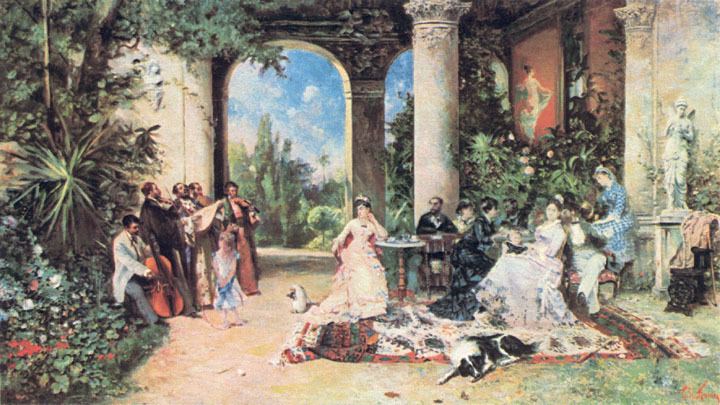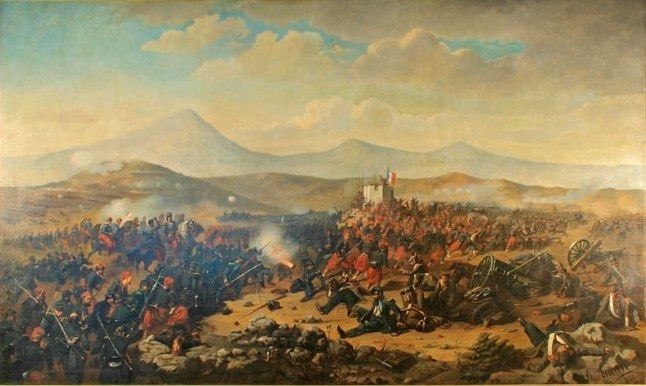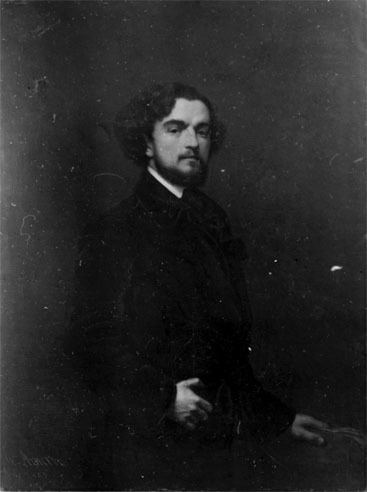Known for Painting, engraving Name Theodor Aman | Period Impressionism | |
 | ||
Born March 20, 1831 ( 1831-03-20 ) Campulung-Muscel, Romania Artwork Odalisque With Pearls, Self-Portrait | ||
Theodor aman monseniorul artelor romanesti eu aleg romania 2015
Theodor Aman (20 March 1831 – 19 August 1891) was a Romanian painter, engraver and art professor of Macedo-Romanian ancestry. He mostly produced genre and history scenes.
Contents
- Theodor aman monseniorul artelor romanesti eu aleg romania 2015
- Paintings of Theodor Aman Music Zamfir Ghost
- Biography
- References

Paintings of Theodor Aman + Music: Zamfir - Ghost
Biography

His father was a cavalry commander from Craiova but he was born in Câmpulung, where his family had fled to escape the plague. After displaying an early affinity for art, he took his first lessons with Constantin Lecca and Carol Wallenstein de Vella (1795-1863) at Carol I National College. In 1850, he went to Paris, where he studied briefly with Michel Martin Drolling then, after Drolling's death, with François-Édouard Picot. While there, he became part of the Romanian revolutionary circles. Three years later, he had his first exhibition at the Salon.

After that, he went to Istanbul in an effort to sell some paintings to the Sultan and visited Sevastopol during the Crimean War, creating history paintings with themes related to Romania's nationalist aspirations. In 1855, he presented one of his best-known works, depicting the Battle of Alma, at the Exposition Universelle.

When he returned home, he was knighted by Prince Barbu Dimitrie Știrbei and presented with a scholarship to continue his studies in Paris, where he came under the influence of the Barbizon school. After a brief stay in Rome, he returned to Bucharest.
In 1864, he and Gheorghe Tattarescu convinced Romania's ruler, Alexandru Ioan Cuza, to establish the "National School of Fine Arts" (now known as the Bucharest National University of Arts). Aman was appointed its first Director and held that position until his death. In 1908, his home/workshop became a museum.
In 2014, to celebrate the 150th anniversary of the school's founding, Poșta Română issued a commemorative stamp with Aman's likeness.
